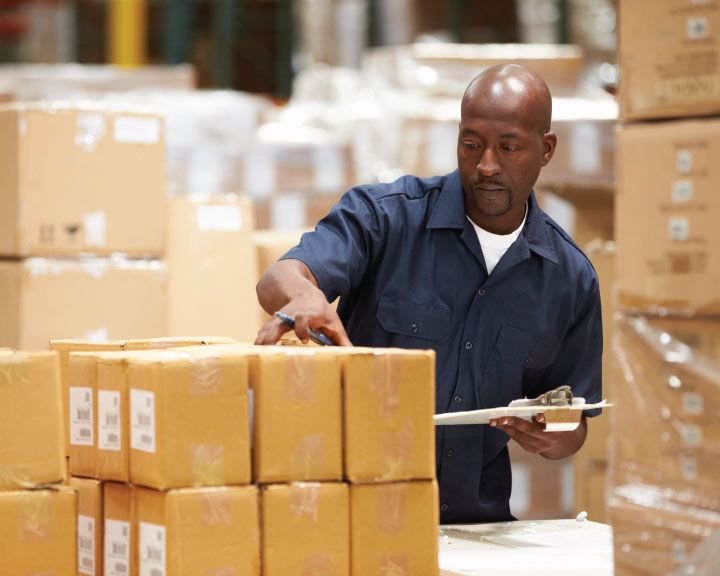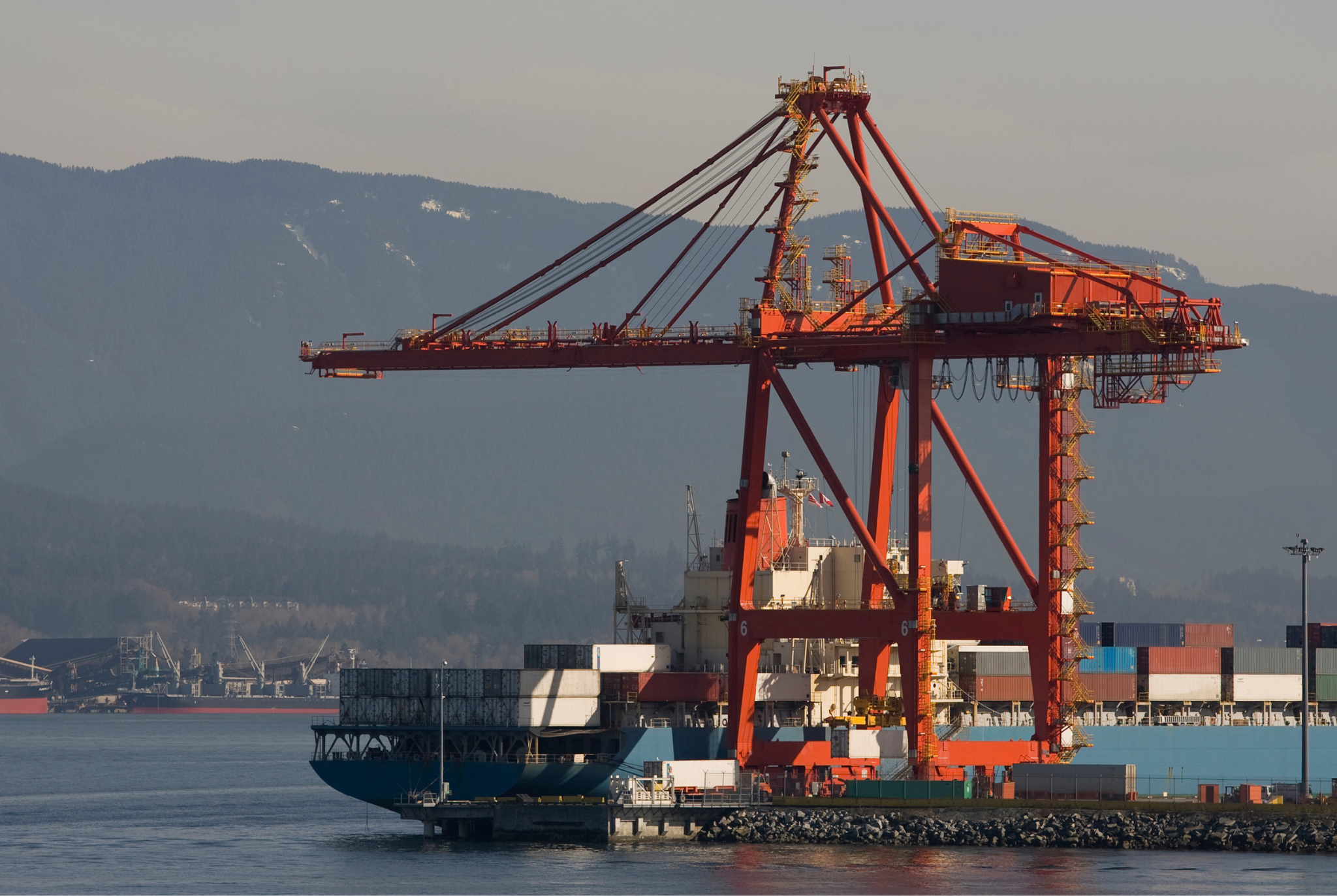We've completed logistics and supply chain automation projects in weeks that our customers were told would take months. We finish integrations fast, freeing up resources to focus on innovation and service without bogging down internal IT teams.
Automation in Logistics and Supply Chain Management
In the digital age, where nearly every aspect of supply chain can be automated, more business owners and managers recognize the value of automation in logistics and supply chain management as a means for operating an efficient and profitable business.
A supply chain consists of a network of resources, activities, individuals, organizations, and technologies that work together to create, sell, and deliver a product. Automation simply means making a business process or system operate automatically. Supply chain management is a result of implementing or connecting digital technologies, such as machine learning, API integrations, or artificial intelligence (AI), to streamline supply operations, decrease dependencies on manual labor, and minimize human risk factors, including errors while manually entering data.
An autonomous supply chain improves logistics across all four entities of the supply chain: products, facilities, vehicles, and routes. When control systems, machinery, or software are integrated into these four entities to improve operations, this process is called logistics automation.
One example of a supply chain automation solution is automation in freight forwarding. Unlike an automated shipping line service, which generally handles one lane of shipping, freight forwarding takes on the responsibility of making sure freight gets through all shipping lanes to its destination.
Freight forwarders are categorized by the freight they handle, such as ocean freight, air freight, and truck freight. These employees collect and consolidate products based on container load constraints and then find carrier transportation to haul the consolidation to reduce transport costs. Automating this process helps employees by reducing the risk of human error and speeding up operations.
Freight automation requires a nuanced control system, which allows for autonomy using AI, machine learning, sensors, and connectivity through software platforms. This control system must communicate and work with other systems to perform an array of tasks. When it all works together, logistics automation dramatically improves business processes and the efficiency of operations.
Importance of Automation in Logistics and Supply Chain Management
Supply chain and logistics automations allow businesses to grow without creating greater demand on their teams. Establishing supply chain efficiency through automation makes it easier to scale business and create a thriving and long-lasting company.
As companies gain more customers, logistics efficiency becomes even more important for quickly tracking these customers and their freight so that logistics service providers (LSPs) stay organized and keep up with demand. For example, digital freight matching (DFM) uses web-based and mobile-based technology platforms that match shippers' available freight with carriers' available capacity. This is just one of the benefits of automation in supply chain operations.
Another benefit is transparency with customers. Customers expect a smooth and timely delivery experience. One of the benefits of automation in logistics is that automation helps LSPs keep customers in the loop. This may be done through digital freight forwarders. Digital freight forwarders utilize technology, which is visible to customers, to compare various shippers to get the best price. Communication is smoother this way and also allows the customer to get status updates on shipments. This high level of service is becoming more and more of an expectation with customers as people have generally become accustomed to getting status updates in nearly all aspects of their business or personal lives. Because customer satisfaction is the end goal for any company, this highlights the importance of automation in logistics and supply chain operations.
Functions of Automation in Logistics and Supply Chain
How do supply chain automations work? When a company incorporates technology such as machine learning, AI, and digital process automation into business operations, it can reduce the manual labor required to perform certain business functions. Automations may be made in product development, marketing, operations, distribution, finance, and/or customer service. There is no world without supply chain disruption. But automation can help disruptions like labor shortages experienced during and after the recent global pandemic. Additionally, automation effectively lowers costs, creates a faster production cycle, and speeds up workflows.
As more supply chain automation statistics show the benefits of automation, businesses will adapt, and the future of supply chain automation will become more and more digital as supply chains become more global. As that happens, LSPs and freight forwarders need to be able to reach business partners and customers around the world quickly and efficiently. Often customers have multiple ways of making digital orders, from email inquiries to an internal order portal. This requires managers to organize data from multiple platforms, which takes time and energy that could be saved by automation.
Integrating multiple systems to make work easier for LSPs and freight forwarders has historically been difficult due to the complexity of connecting so many systems. But now many companies are turning to canonical data integrations to help. Of all the functions of automation in logistics and supply chains operations, this may be one of the most exciting. Canonical data integrations automate and streamline multi-platform orders, allowing managers to connect with and serve customers more quickly through a system that does the organization for them.
Common Logistics and Supply Chain Automations
Common logistics and supply chain automations include data automation for advanced shipping notifications (ASN/Milestones), accounting data, master data, PO management, freight operations, rate and quote processes, and shipping and receiving automation.
Data automation in advanced shipping notifications and shipment milestones helps streamline a Logistics Service Provider's transportation management system (TMS). A TMS allows shippers to automate their processes and get visibility into where to cut time and costs on future shipments. Connecting the TMS with automated ASNs helps managers access highly detailed status updates even before a shipment has been processed and throughout the shipment's journey.
With shipping and receiving automation, data feeds are connected between the transportation management system and the warehouse management system. This way, both systems have transparency in automated goods receipts and shipment notifications.
Other logistics automation examples include connecting order management systems with enterprise resource planning and transportation management systems to exchange PO data, master data about individual products, and shipment details. Tracking this data ensures shippers and retailers effectively manage product demand.
Connecting a rate and quote process to the TMS is another automation in supply chain example. This allows rates and quotes to be auto-generated for shipments to be immediately fulfilled when quotes are approved.
As these types of automation in logistics create more data, more opportunities for industry advancement arise. For example, aggregating large amounts of granular product data and consumer behavior data helps companies use AI in supply chain operations to predict future market demand and prepare automated operations accordingly. Because almost every part of the supply chain can be automated, an example of complete automation of an eCommerce supply chain process may not be too far from reality.
Supply Chain Automation Trends
With so many automation opportunities and solutions helping to advance businesses, supply chain automation trends are surfacing. Businesses keeping an eye on supply chain automation statistics and trends will have a competitive edge.
Some of the top supply chain technology trends in 2021 included Hyperautomation, which is digital process automation that includes technology such as robotics and automation in logistics, AI, machine learning in supply chain, and process mining. By automating work generally done by humans, businesses leave less room for errors within the supply chain operations and deliver freight faster to more customers.
Embedded AI, another 2021 trend, applies machine learning to software, which is then programmed to provide predictive intelligence such as predictive equipment maintenance and increased efficiency.
Supply chain technology trends in 2022 looked similar. Hyperautomation, however, got an upgrade to Hyperautomation 2.0. This new and improved technology still includes automation that integrates robotics, AI, and machine learning but goes even further. Hyperautomation 2.0 includes technologies like intelligent remote fulfillment networks for warehouse management as well as personalized eCommerce applications. Robotics is beginning to look different, too.
The future of AI in supply chain operations will, in part, come in the form of robots interacting with each other as well as equipment like automated elevators and doors. A world where people once envisioned the future of supply chain automation looking like something out of a sci-fi movie is indeed close.
Establishing Supply Chain and Logistics Automations
The idea of stepping into the future of supply chain automation may be daunting, considering that many supply chain systems are dated and may not have simple functionality to automate with other systems but establishing supply chain and logistics automations is manageable with the right supply chain automation companies.
Chain.io’s supply chain experts know how to connect and automate supply chain software and keep businesses running smoothly.
Automating supply chain software and utilizing data integrations can transform business operations. These technologies decompartmentalize logistics data, which allows companies to utilize insights that provide a streamlined and satisfying customer experience. Companies can continually identify possibilities and refine business practices with these types of supply chain automation tools.
A profitable and highly efficient business is possible. The effects of disruption, consumer behavior changes, supply chain hiccups, and shifts in routing will become minimized as businesses begin to adopt new automated ways of managing supply chain logistics.







